I’m doing a small painting for a dear friend, and it occurred to me that this is a great opportunity to do a triple demo showing different transfer techniques.
Once you have a drawing ready, or in this case a photo reference, there are many ways of getting that drawing onto a surface. I’ll be demonstrating 3 – gridding, graphite transfer, and oil transfer. I call these manual since all of them involve drawing the lines by hand rather than mounting or directly transferring a print to a surface, though each has a different medium.
Gridding is just what it sounds like – you can either create a grid on your surface using a ruler, or what I do: Divide your surface into quarters, then quarter each of those quarters. Fold the print half first horizontally and then vertically, then fold each direction into quarters. I like to trace that folded edge with a colored pen to give a slight line, to make the divisions easier to see. From there you copy your drawing or reference photo by hand. The benefit of this method is that you can use any medium – I often use pencil so that I can erase easily, and draw my grid lines in light pencil, but this time I’m doing the underdrawing in Prisma colored pencil.
Instead of drawing the grid lines this time, I am just putting dots at each of the intersections – I cut little holes through the print to do so. I used a very light blue (you have to really look to see the dots, kind of the point) and then a darker purple for the drawing.
Once the lines are done, you can seal the pencil with reworkable fixative (for painting water-based media on top) or acrylic matte medium (if you will be using oil on top, it dissolves the wax of the colored pencil binder). I’ve found that Prisma pencils do not smear from water media (unless you’re using watercolor pencils), but graphite does, so you will want to fix it before applying matte medium.
I like that this method allows for some decision making and stylization opportunity. To me it can be the most fun, since you can bring some life to the drawing, but it can also be frustrating as you make errors and have to move things and maybe erase, and it’s more time consuming. This method can also be done on top of a toned or textured surface if you use paint and a brush rather than pencil.
Graphite transfer can be done in a couple of ways. The easier one is using carbon paper (which you place between the print and your surface), but I can’t find mine at the moment, or the method I’m using which is a little more labor-intensive. I make a print on regular printer paper, at a lower opacity so that I will be able to easily see marks I make on top of the printed image. On the back of the print, I use a lightbox to show the image through to the back, and then with a soft pencil I fill in an area wider than the drawing or area of the photo I’ll be tracing. Then, taping one edge of the print to the surface, I trace the lines on the print. I use a pencil or ballpoint pen for this, something that applies pressure and that I can see on the print.
With graphite, you will need to seal the lines with workable fixative to paint with acrylics on top without smearing your lines, or with workable fixative and then acrylic matte medium if you will be painting oil on top. This one can also only be done as a very first layer: graphite won’t adhere to other mediums well, aside from maybe watercolor. You can use charcoal to transfer this way as well.
Oil transfer is the same idea, but instead of soft graphite, you cover the areas where you will have lines with a thin layer undiluted oil paint. Then the process is the same as for graphite transfer, tracing the lines on the print. With oil lines, you can either wait until the paint is dry so that they will not lift off with medium, or you can paint wet into wet. This process works even if you have already toned, or have already painted with oil paint on the board, and there’s no need to seal the lines!
Some of these methods are best for smooth surfaces, my demo surfaces being pre-gessoed Blick art boards. For canvas or a rough substrate I would probably choose the gridding method, and brush and paint, rather than either of the two rubbing methods.
Hope these might be useful to you!


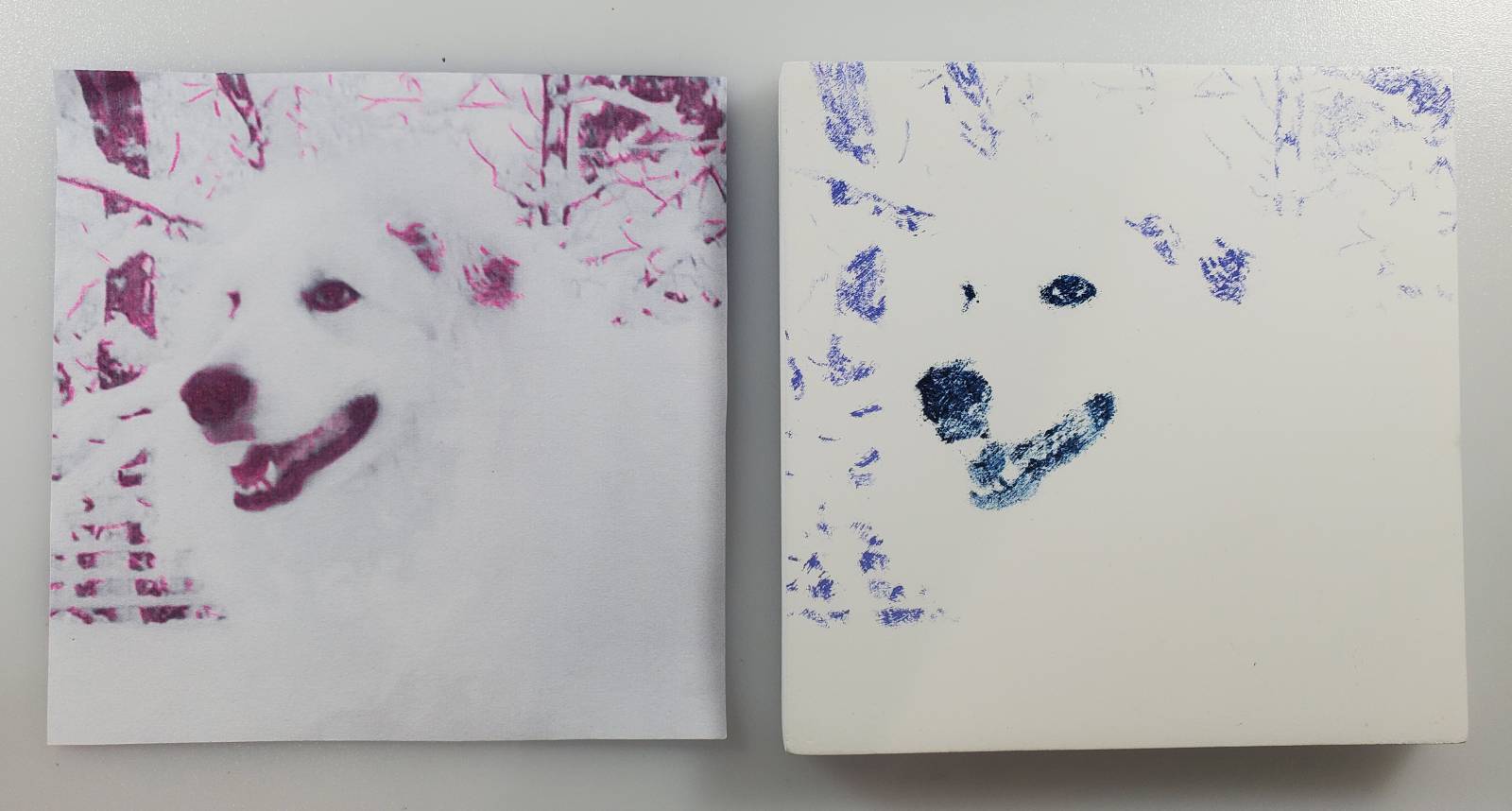
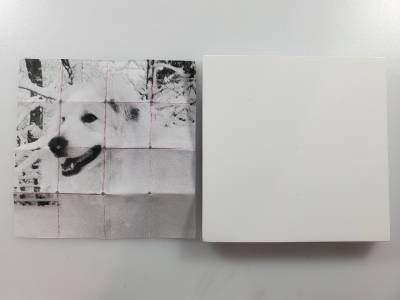
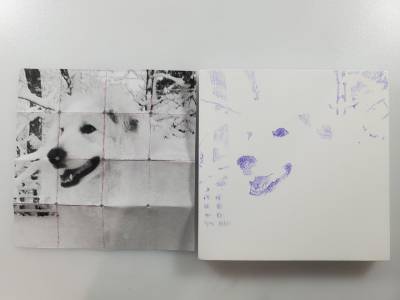

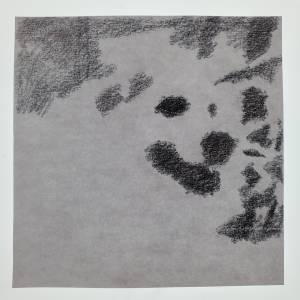
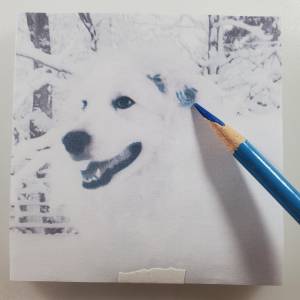

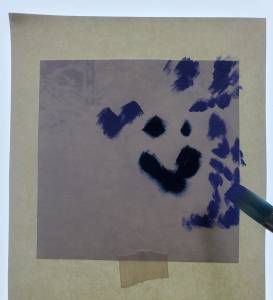
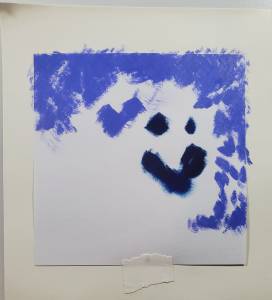
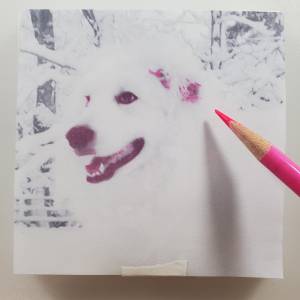
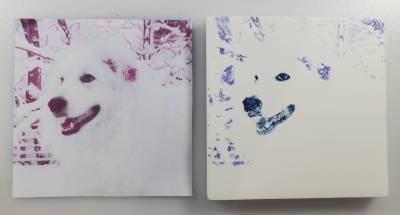

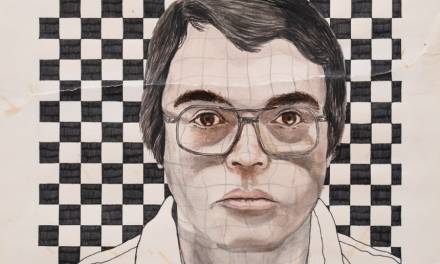
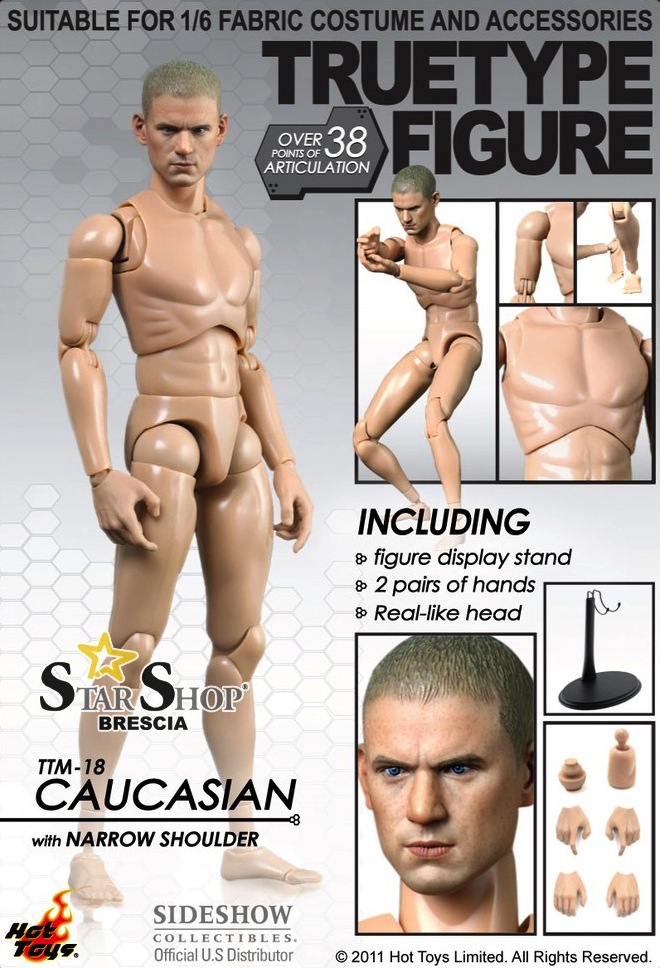
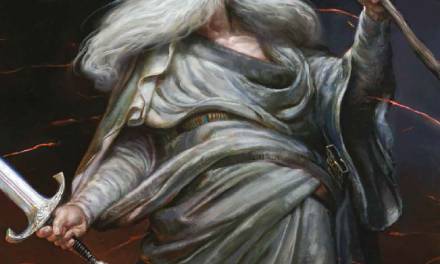

Cool never seen the oil transfer for a template/guide, more for an art effect like a line monotype. Makes perfect sense though to do a transfer for oil painting this way. Have you ever tried it with an oil pastel on the back of the print out? I would image it would work too but maybe oil pastels are too dry and not wet enough?
No, I’ve never tried with oil pastels. I imagine it would be more faint, like the graphite transfer, but it would probably work. I don’t own any oil pastels to try it though!